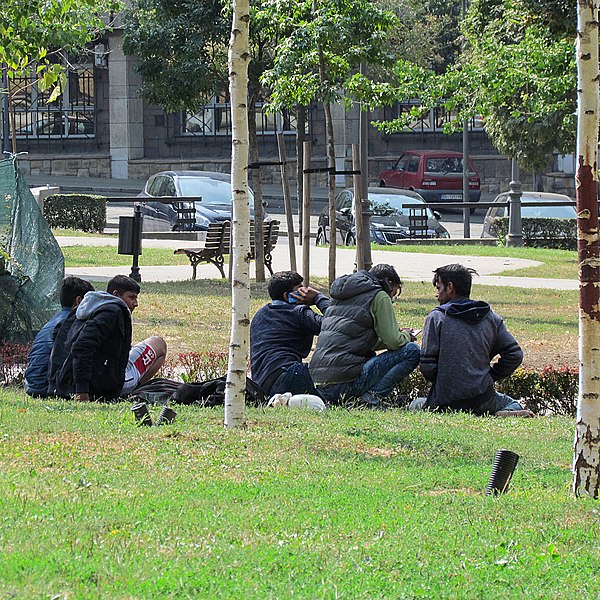Rising Xenophobia in Germany

For months the flow of refugees has not stopped. As it might not be a long term solution to allow the increasing amount of refugees to access Europe, one significant issue is still the willingness of European states to house refugees. Germany, the country leading the efforts to aid this record flow of refugees takes on responsibility by housing up to 500,000 asylum seekers. At the same time the nation becomes more and more divided into refugee supporters and rejecters, the latter growing more rapidly.
The German economy is in desperate need for qualified employees and thus welcomes refugees. Though, among the German citizens a national debate has sparked over a seemingly rise in overt racism and intolerance – in a nation highly sensitive to both. Recent actions by citizens that straight away sympathise with refugees and their suffering are without a doubt exemplary. On the downside, however, a brand of xenophobia has returned to one of Europe’s most welcoming nation. The number of attacks on homes for people seeking asylum or refugees themselves have doubled during the last month with rising tendency. One of the latest examples of what causes friction between residents and asylum seekers is Meissen, a city of around 30,000 residents, in the formerly communist East of Germany. Due to a surplus of untenanted buildings in the rural areas in Germany the government predominantly attempts to place asylum seekers in those areas. In Meissen the city leased a newly renovated apartment building to house asylum seekers which triggered the residents’ tolerance to went up in smoke. An escalating rash of violence, protests and newly formed anti-asylum seekers groupings were the result. As arsons and similar attacks are not rare anymore it reminds of the waves of anti-foreigner violence in the early 1990s. Since intolerant comments about asylum seekers on social media or racist acts are no longer kept anonymous but meet more and more approval the German anchorwoman Anja Reschke issued an on-air critique of the attacks made verbally and physically, triggering a blistering debate on social media.
What has sparked this brand of xenophobia? Friction is clearly on its peak in areas where diversity levels are low. In rural areas, preferably used to place asylum seekers, society is predominantly white. Adding the fear of losing or worsening one’s economic position results in xenophobia. Sayings like “foreigners take away our jobs” that circulate for decades are not only unreasonable but actually depict the personal dissatisfied economic position of an individual. As Rev. Bernd Oehler, also a refugee activist in Meissen, said precisely
“They are afraid. They don’t know about their futures, and now there’s a new issue for them to worry about with the refugees. They were looking for a scapegoat, and they found one.”
Media has contributed to this in positive and negative ways. On the one hand the refugee crisis might been ignored longer without the news coverage of the suffering at the coast of Lampedusa. However, Islam and cultural differences asylum seekers bring to Europe are still depicted in a rather negative way, especially with ISIS being equated with Islam. The unknown triggers a behaviour among citizens that is similar to hate. In the end one should not forget that we are all human beings who could suffer the same situation one day. Especially those among us,who experienced flight and expulsion, might empathize with the refugees.
Featured Image: Gmihail at Serbian Wikipedia (https://commons.wikimedia.org/wiki/File:Refugees_in_Manjež_park,_Belgrade.jpg), „Refugees in Manjež park, Belgrade“, https://creativecommons.org/licenses/by-sa/3.0/rs/deed.en



